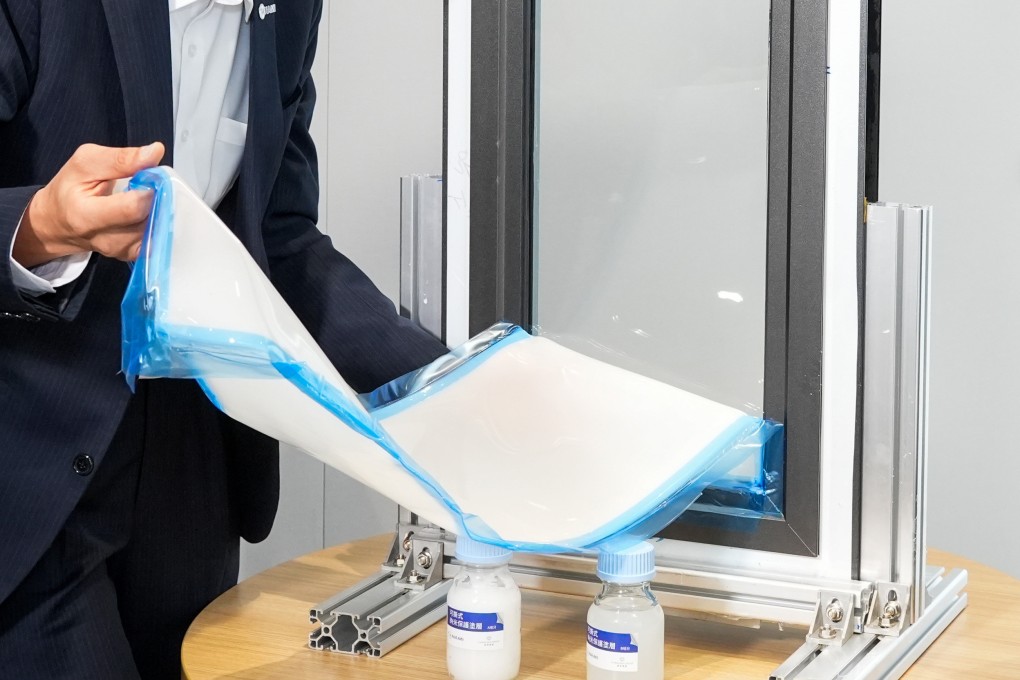Hong Kong builder Chinachem launches protective window coating to cut construction waste
- Developed with the Nano and Advanced Materials Institute, it aims to cut the loss of up to 30 per cent of windows during construction

The patented peelable nano-scale protective coating will be applied to windows for around 2,300 units of Chinachem’s residential projects in Tai Po and Tung Chung during construction over the next two years, said Donald Choi Wun-hing, executive director and CEO of Chinachem.
“This innovation aligns with green building principles, aiming at reducing material waste, enhancing construction quality and increasing apartment buyers’ satisfaction,” Choi said.
“The nano coating enhances cost-effectiveness and prioritises environmental efficiency by reducing construction waste,” Choi said. “Its single-layer thickness provides sufficient protective strength to eliminate the need for additional foam board wrapping. Additionally, the coating is easily removable and reusable, minimising construction waste.”
The innovative technology shows successful collaboration between research institutes and the property industry, offering new and cost-effective solutions to the construction sector while promoting sustainable development in Hong Kong, said Ivan Sham, chief commercial officer of NAMI.